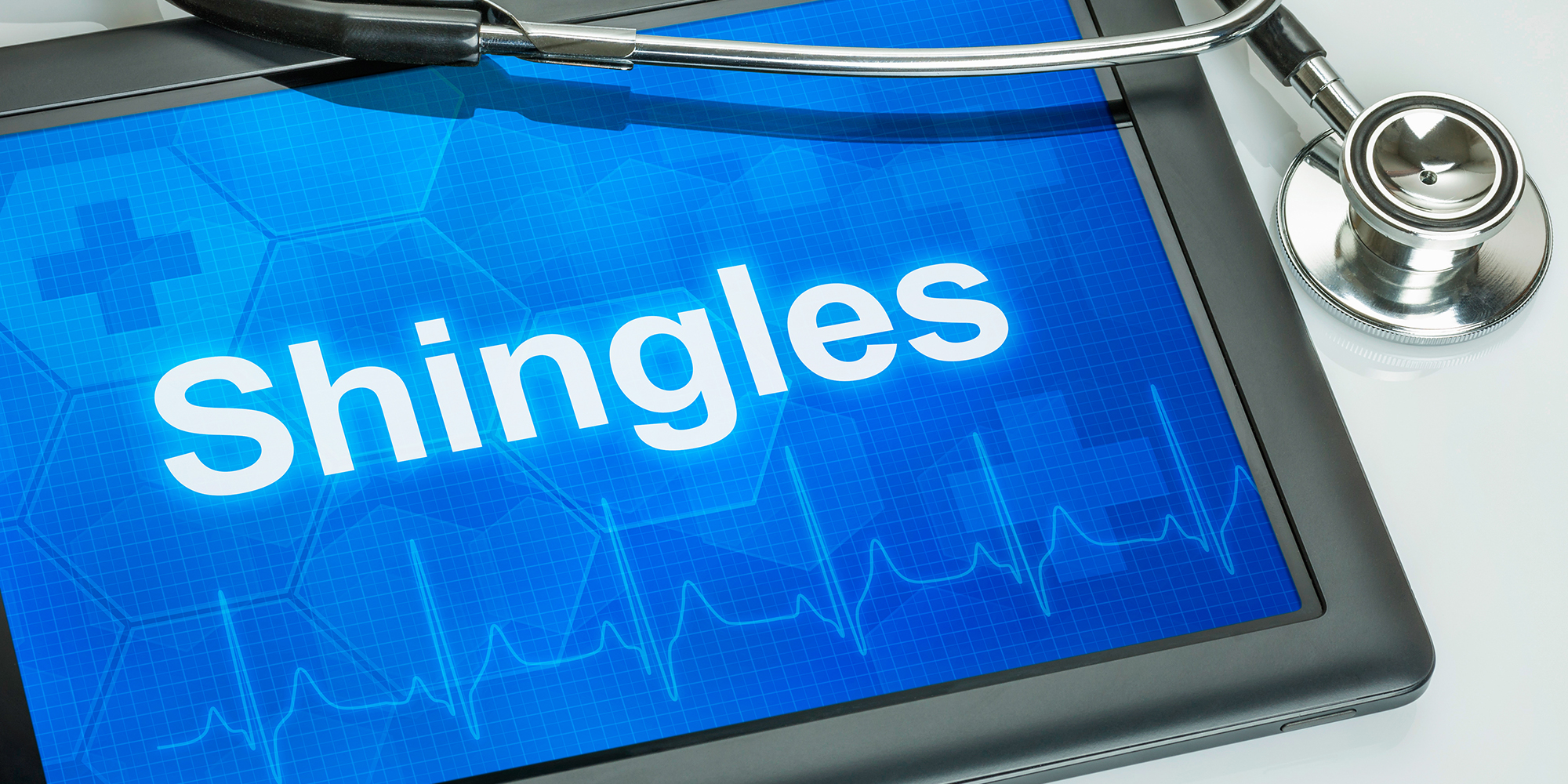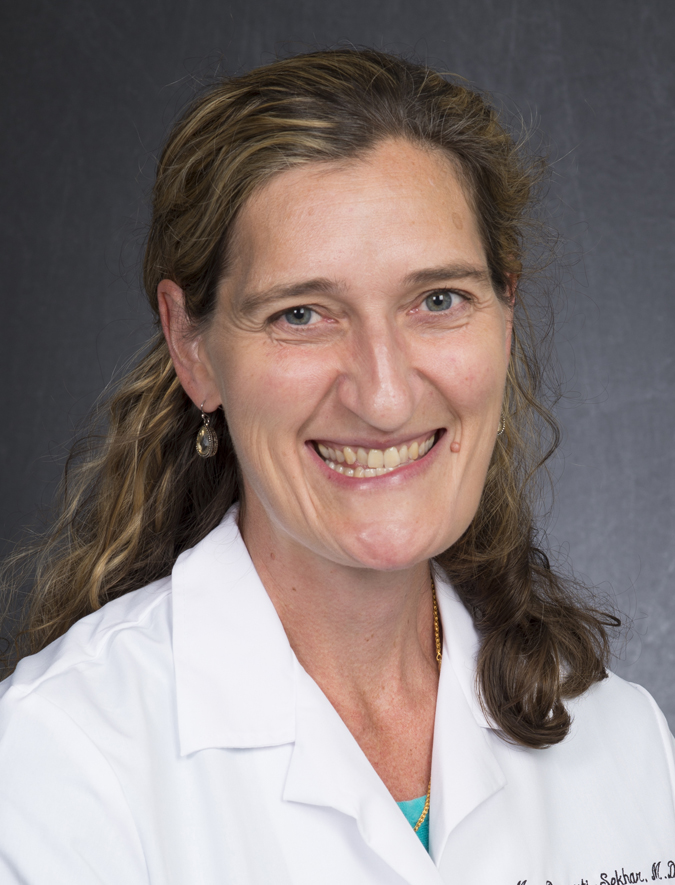The Link Between Chickenpox and Shingles, and What to Do If You Develop Shingles
June 7, 2018
Categories: Health & Wellness
 By Mary Barsanti-Sekhar, MD, Internal Medicine and Pediatrics
By Mary Barsanti-Sekhar, MD, Internal Medicine and Pediatrics
Almost one in three Americans will develop Herpes Zoster, also known as shingles, in their lifetime.
But the origin of shingles starts at a very young age for some, and involves having the chickenpox.
Once a person is infected with chickenpox, the virus itself never actually leaves your body and remains dormant in your nerves.
This is how shingles develops, the virus reactivates and begins affecting the body. As we get older, the risk for shingles increases, particularly for those celebrating birthdays after 50.
If your immune system has been weakened by a chronic disease, medication or immunosuppressive medication you are also at a higher risk, regardless of age. Sometimes increased stress can be a big contributor to triggering a shingles outbreak.
When shingles hit, generally you'll find a tingling, burning pain sensation on one side of the body. A red, painful rash filled with fluid, called vesicles, will develop a few days later.
The fluid in the vesicles carries the virus, which can be spread via direct contact to those who haven't had chickenpox or the chickenpox vaccine.
This stage lasts seven to ten days before the vesicles crust over, no longer causing symptoms. Anti-viral medications can be given to help reduce the length and severity of the illness.
Besides the pain associated with the rash, another concern with shingles is developing a severe, potentially debilitating pain called Postherpetic Neuralgia (PHN) which could last for months or even years. The risk of developing PHN is rare for those under the age of 40, but occurs in over 20% of people 50 and older.
Zostavax® and Shingrix® are the two vaccines to help fight shingles.
Zostavax was the first shingles vaccine and is not recommended for those with a weakened immune system, as it is a live-virus vaccine. Zostavax reduces the risk of developing shingles by 51% and PHN by 67%.
Shingrix is a more recent two-dose-series vaccine and, unlike Zostavax, is not a live-virus vaccine. Shingrix reduces the risk of developing shingles by 97% and preventing PHN by 91% in those 50 to 69 years old. In patients 70 and older, it is 91% effective in preventing shingles and 89% effective in preventing PHN.
Due to a variety of factors, including it not being a live-virus vaccine and its effectiveness in treating shingles compared to Zostavax, Shingrix is seen as the primary choice for shingles vaccines.
This vaccine is given in two rounds, with the second immunization coming two to six months after the first immunization.
When left untreated, shingles can be debilitating or even life-threatening. Make sure you keep up-to-date on shingles vaccinations.
If you have questions about shingles or need a vaccination, call 888-584-7888 or schedule an appointment online.
Mary Barsanti-Sekhar, MD, is an internal medicine and pediatric physician at Loyola Medicine. Her clinical interests include annual wellness visits, men's health, telehealth, well-child visits and women's health.
Dr. Barsanti-Sekhar earned her medical degree at Saint Louis University School of Medicine. She completed a residency in internal medicine and pediatrics at Rush University Medical Center and a fellowship in infectious disease at Washington University in St. Louis.
Book an appointment today to see Dr. Barsanti-Sekhahr or another Loyola specialist by self-scheduling an in-person or virtual appointment using myLoyola.
